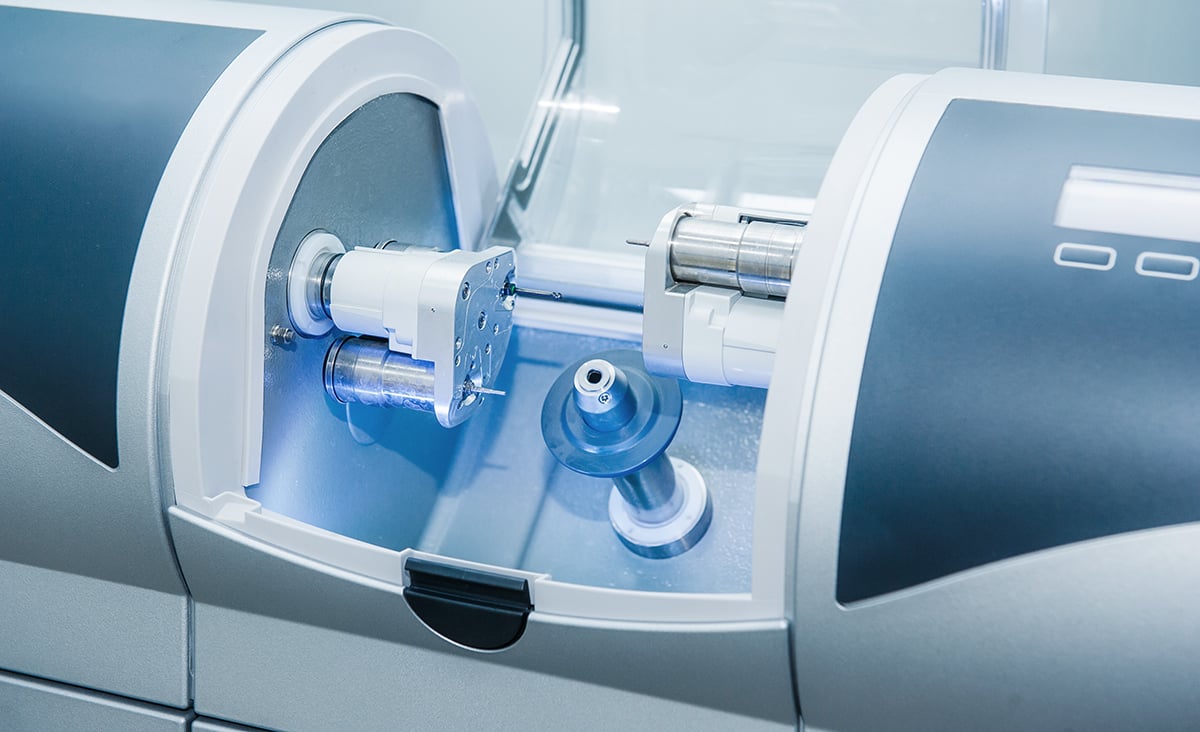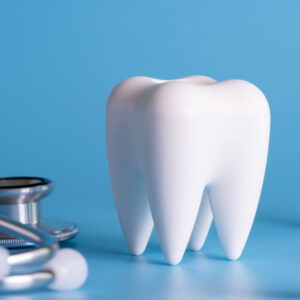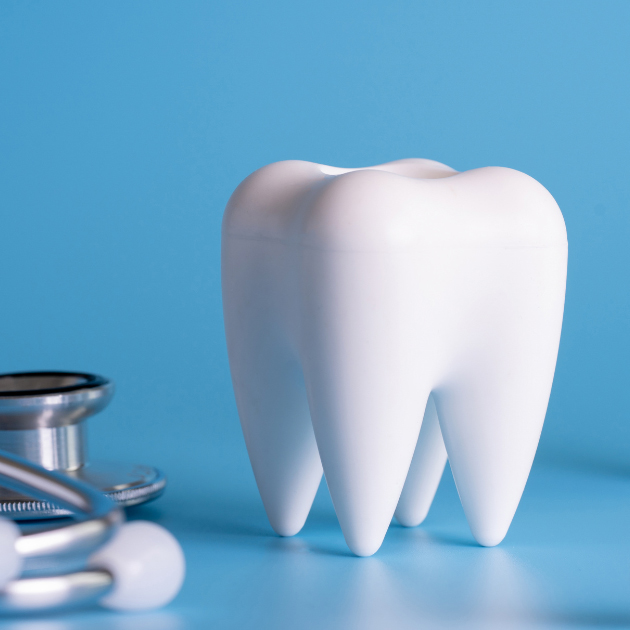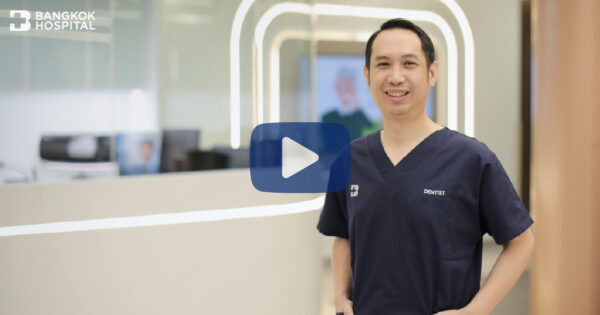If one has experienced weakened, broken or misshapen teeth which require supportive strength and protection, a dental crown is considered an effective solution. A dental crown is a tooth-shaped cap that can be placed over the afflicted tooth. It is a dual-purpose procedure of restorative and cosmetic dental care, intended to restore a tooth’s structural integrity while also enhancing its shape and appearance. Instead of lab created crowns which need multiple visits, Dental Center at Bangkok Hospital offers “One-Day Crown Service” in which only a single visit is required to complete the entire procedure. The same-day dental crown allows high degree of convenience with less time consumption. Moreover, wearing a temporary crown is not needed, enabling the patients to experience more comfort without undesired effects.
Get to know lab created dental crowns
Dental crowns, tooth-shaped caps, are often used to cover damaged teeth after decay or breakage. They are also used to form prosthetic teeth for dental implants or dental bridges. In general, all dental crowns perform the same function of covering and protecting damaged teeth with durable materials, e.g. metal, porcelain-fused-to-metal, all-ceramic or all-porcelain and pressed ceramic that become tooth’s new outer surface. For a lab created dental crown, the patient typically needs at least two visits to prepare for a dental crown. During the first visit, the affected tooth will be thoroughly examined and prepared. The tooth receiving the crown will be filed down across the top and sides, allowing more space for the crown itself. The amount of tooth that gets filed away depends on the type of crown. After reshaping the affected tooth, a paste is used to make a copy (an impression) of that particular tooth. Impressions of the teeth above and below the affected tooth will also be made in order to ensure that the crown will not affect the bite and surrounding structure. The impressions are then sent to a dental laboratory. The laboratory usually takes 5-7 days to make the crowns. During this first visit, a temporary crown will be created and worn to cover and protect the prepared tooth while waiting on the permanent crown. At the second visit, after the temporary crown is removed, the permanent crown will be permanently cemented in place. To complete the entire procedure, it might not be convenient for some patients since multiple visits are required.
Why One-Day Crown
Considered a same-day procedure, it is designed to deliver more convenience and comfort than traditional dental crowns. The process, in fact, starts off similar to the traditional way a lab created crown is made. The first step is to shape the affected tooth for a perfect fit inside the crown. In the same-day procedure, a scanning device is used to take digital images of the tooth inside the mouth. Subsequently, the computer’s software creates a 3D model of the tooth which is then forwarded to another machine that carves the shape of the crown out of a block of ceramic. This technology of making a dental crown is called computer-aided design/computer-aided manufacturing or CAD/CAM. Within a few hours, the crown with natural look is ready to be cemented into place by well-trained and skilled dentists and multidisciplinary team.

Who should consider one-day crown?
People who have experienced these dental issues may need one-day dental crown:
- Broken tooth or a severely worn down tooth.
- Cracked or chipped tooth.
- Less remaining tooth structure to support fillings.
- Tooth that has been treated with root canals.
- Tooth with dental implants.
Due to advanced technology in dentistry, one-day crown is considered an effective option with less time consumption to protect your affected tooth. Nevertheless, to achieve the best possible treatment outcome, this procedure essentially requires qualified dentists to perform it in a certified hospital where cutting-edge equipment, computerized systems, and multidisciplinary teams are readily available.









